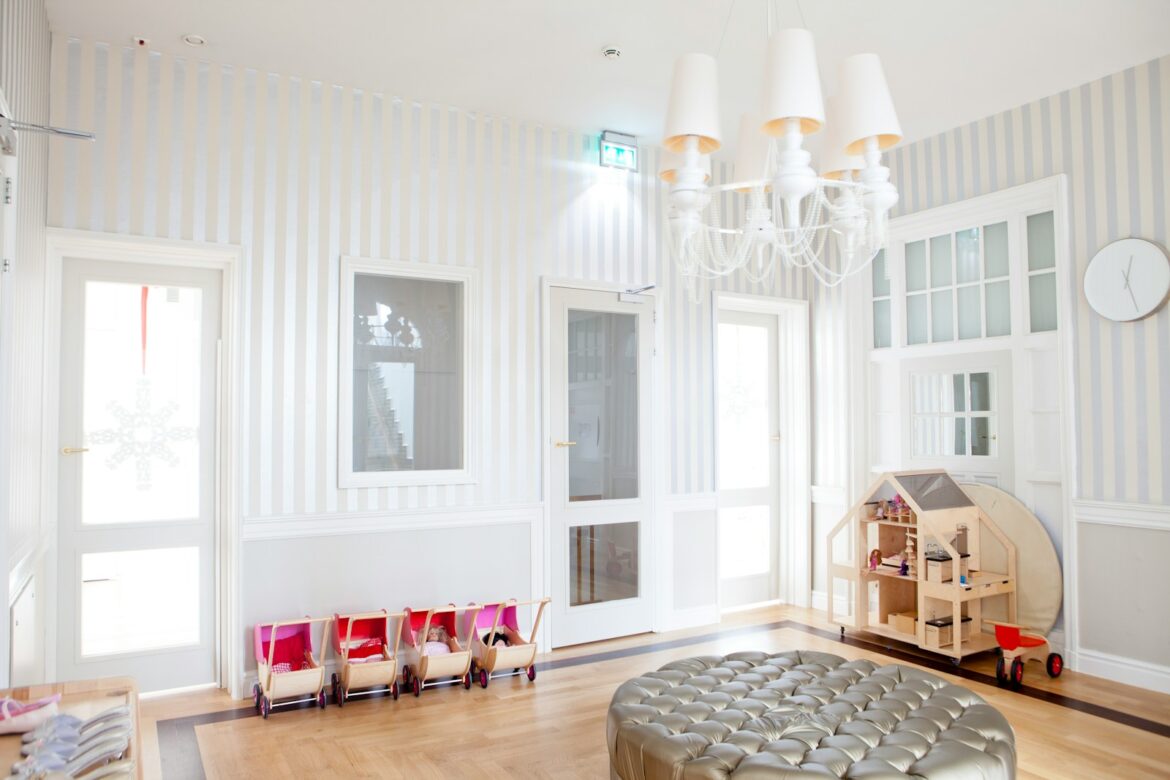What to do with a stitching sample as soon as you’re taking it out of the envelope.
You have searched the pattern books, located the best pattern for your fabric and now you are off domestic to make it up.
What is the first thing you want to do?
You can have selected a pattern for your length, whilst you open the envelope, the whole lot is folded smartly.
1. Take the preparation sheet and it’s going to show you a way to set out the sample in your cloth, there could be the lay-outs for the unique widths of material, and for with or without nap. Some fabric you can cut out your pattern portions in contrary guidelines others you may should lay the sample portions all going the equal manner otherwise the cloth will show a distinctive coloration, velvets and corduroys are an awesome instance.
2. Cut around the threshold of the seam allowances with paper scissors, now not the scissors you’ll be reducing the material with.
3. Always take a look at the pattern pieces against you, you may pin the various pieces together and attempt it on to peer if there wishes to be any adjustments before you start slicing the fabric.
4. With your material proper aspect out, area and pin the pattern portions in keeping with the format to your cloth width and reduce your fabric sample portions out.
Five. You will see triangles called notches. Circles, arrows, broken lines, unbroken lines. On a few patterns you will also see on the seam sewing traces arrows. This is in step with the sample maker the direction to sew that seam.
6. Once you have reduce out all the pieces, get your tracing carbon. Fold the tracing carbon in order that whilst you place it between the cloth and trace, you’ll have the sample marked on the interior of your fabric.
7. If possible get a plastic tracing wheel, it’s going to no longer reduce into your pattern tissue. A few steel tracing wheels will reduce the sample and make it tough to re-use that sample again.
8. Transfer all of the pattern markings to the inside of your cloth, use a rule to manual alongside the lengthy seam traces.
9. Now you are geared up to start sewing your garment and everything you had to your sample is now at the inside of your material.
10. Once again, check the pieces against you to make sure the match is right.
11. Pin, tack, baste wherein vital, press as you move, fit as you cross and comply with the instructions, take it step by step.
12. As a trendy guide whilst selecting what length of cloth to purchase you want two times your duration plus the period of the sleeve if you are making some thing with a sleeve. For skirts or pants you’ll need twice your duration.
13. When searching out fabric, something that feels stiff will have a lot of what is known as sizing and when it is laundered ought to cross very limp and now not maintain its form.
14. A desirable test for crushing is to scrunch the fabric to your hand and spot if the creases will fall out. If they stay, then this could usually overwhelm regardless of how carefully your press it.
15. Purchase your notions while you buy your material, thread, zipper, bias binding, interfacing, lining, check the pattern envelope for what you’ll need to complete your garment.
Well that’s the principle points for buying your sample tight and happier stitching.
© 2006 CTBaird Rights Reserved Sew More For U

